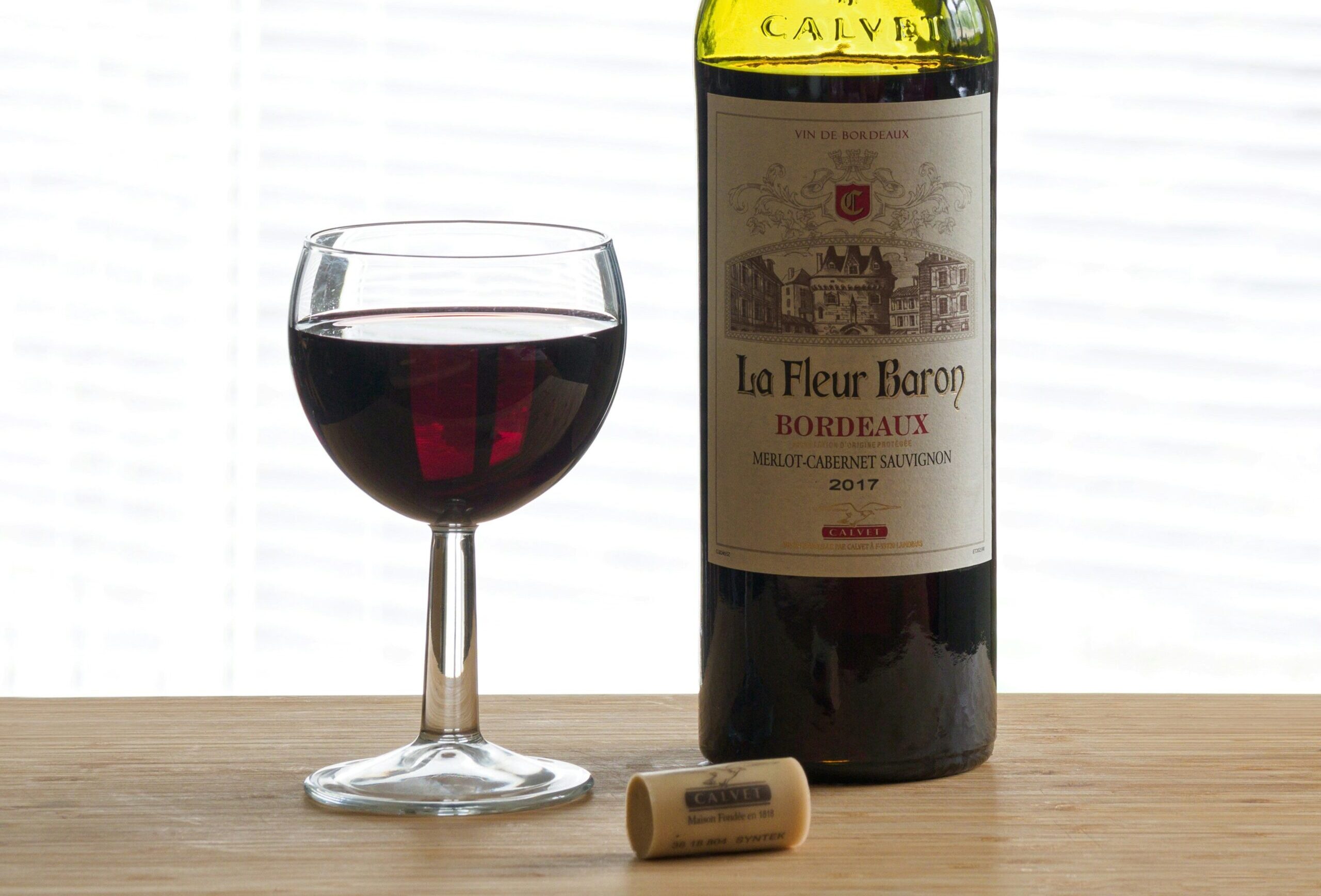
Many wine lovers find themselves pondering the difference between Bordeaux and Cabernet Sauvignon. The simple answer is: a Bordeaux can contain Cabernet Sauvignon, but a Cabernet Sauvignon is often not a Bordeaux. This article will clarify this common confusion, exploring the grape varieties, regions, winemaking techniques, and taste profiles that distinguish these two wine categories. Understanding these nuances is essential for any wine enthusiast looking to deepen their appreciation of fine wines, especially if you are considering a Bordeaux wine tour.
A key point to remember is that Bordeaux refers to a specific wine region in France, while Cabernet Sauvignon is a grape variety. Bordeaux wines are typically blends of several grape varieties, whereas Cabernet Sauvignon is often bottled as a single-varietal wine. This fundamental difference significantly impacts the final product.
Bordeaux, one of the world’s most prestigious wine regions, is renowned for its blended red wines. These complex and balanced wines typically combine Cabernet Sauvignon, Merlot, Cabernet Franc, Petit Verdot, and Malbec. The region's unique terroir, encompassing its maritime climate and diverse soil types (gravel, limestone, clay), plays a critical role in shaping the character of these wines. Bordeaux is divided into sub-regions, most notably the Left Bank and Right Bank, each contributing distinct characteristics to the final blend. Discover the magic of Bordeaux with our exclusive Bordeaux wine tours.
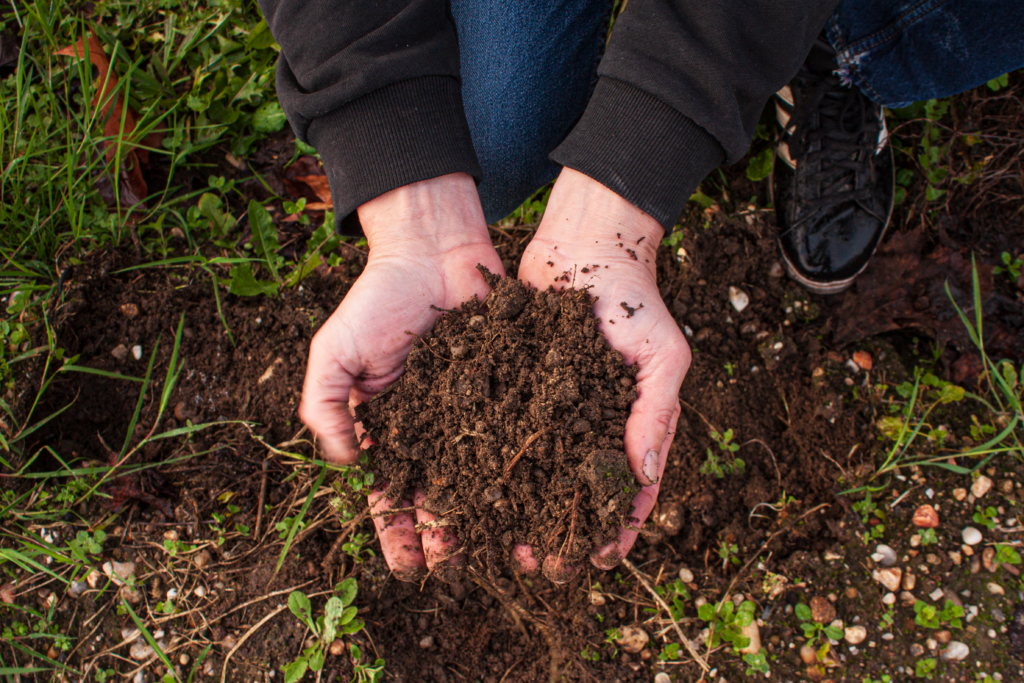
Bordeaux winemakers masterfully blend different grape varieties to achieve complexity, depth, and balance. While several grapes are permitted in the blend, two reign supreme: Cabernet Sauvignon and Merlot. The Left Bank, with its gravelly soils and cooler temperatures, provide an ideal environment for Cabernet Sauvignon, yielding structured, tannic wines with aging potential. The Right Bank, with its clay and limestone soils and slightly warmer climate, is dominated by Merlot, which contributes softness, roundness and plummy, ripe red fruit. I often tell our clients "If theres one thing to take home with you about Bordeaux it's this: Right Bank Merlot, Left Bank Cab. " This difference in terroir—the combination of soil, climate, and topography—is the key to understanding the distinct character of Left and Right Bank wines. The blending of these two primary grapes, along with smaller percentages of Cabernet Franc, Petit Verdot, and Malbec, allows winemakers to craft wines with multifaceted aromas, flavors, and textures, achieving a harmonious balance that is the hallmark of classic Bordeaux. This interplay between grape varieties and terroir is a hallmark of Bordeaux wines. Explore the terroir of Bordeaux on a guided Bordeaux vineyard tour.
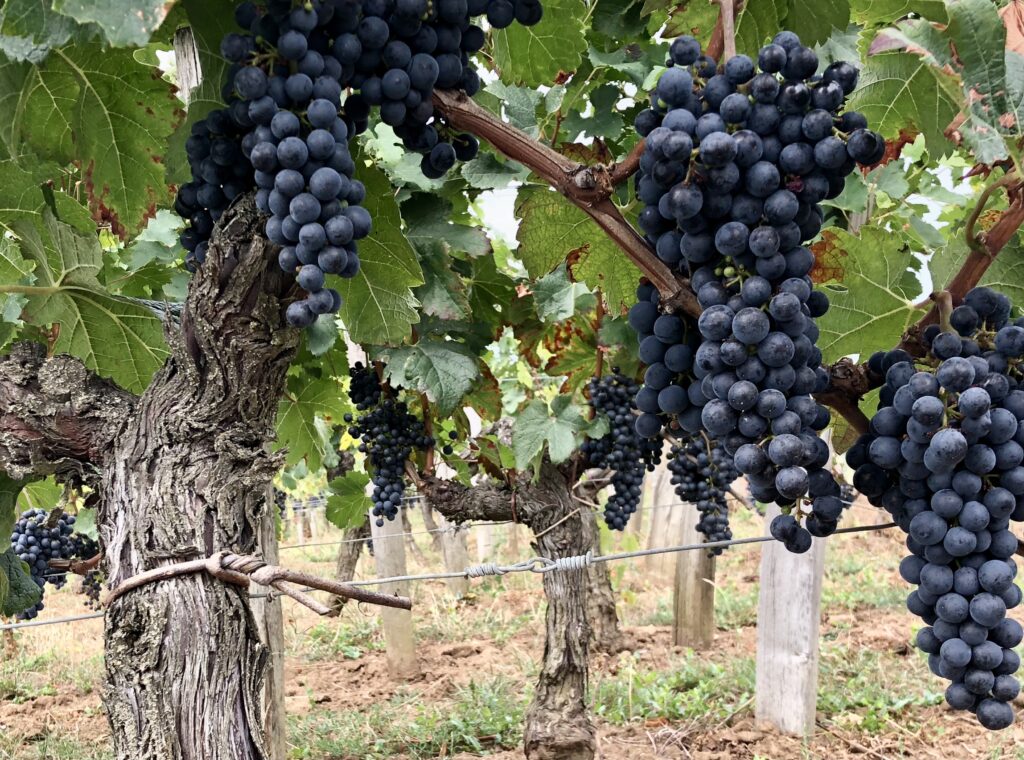
Cabernet Sauvignon is a globally recognized grape variety prized for its robust tannins, full body, and concentrated flavors of dark fruits like blackberry and blackcurrant. While it's a key component of Bordeaux blends, Cabernet Sauvignon is often bottled as a mono-varietal wine in other regions, showcasing its unique characteristics. It thrives in diverse climates, from Bordeaux to Napa Valley. However, the Cabernet Sauvignon grown in Bordeaux's unique terroir, particularly the gravelly soils of the Left Bank, tends to produce wines with even more pronounced tannins than those grown elsewhere. This inherent tannic structure is one of the key reasons why blending is so crucial in Bordeaux winemaking, contributing to the wine's age-worthiness and complexity.
Cabernet Sauvignon's key attributes include its strong tannins, high acidity, and flavors of dark fruits, leather, and spice. These elements contribute to its aging potential and bold, structured profile. While a Bordeaux blend might contain Cabernet Sauvignon, the presence of other grapes, especially Merlot, can soften the tannins and create a more approachable wine. Robust tannins provide a firm backbone, while high acidity keeps the wine vibrant and fresh. The flavor profile is typically dominated by dark fruits like blackberry and blackcurrant, often accompanied by notes of cedar, leather, and spices. These elements combine to create a bold, structured wine that can evolve beautifully in the cellar for decades. In contrast, a Bordeaux blend, while often containing Cabernet Sauvignon, presents a more nuanced picture. The presence of Merlot, particularly in Right Bank blends, can soften the tannins and contribute plumper fruit notes, resulting in a wine that may be approachable earlier than a 100% Cabernet Sauvignon. Even on the Left Bank, where Cabernet Sauvignon is king, the blending with other permitted varietals can modulate the Cabernet's inherent intensity, creating a more complex and balanced wine from its youth, even if it still has aging potential. The final character of a Bordeaux blend depends heavily on the specific proportions of each grape and the terroir of the vineyard. Compare the characteristics of Cabernet Sauvignon and Bordeaux wines on a wine tasting experience.
Understanding the differences between Bordeaux and Cabernet Sauvignon is crucial for any wine enthusiast. Let's delve deeper into their key distinctions.
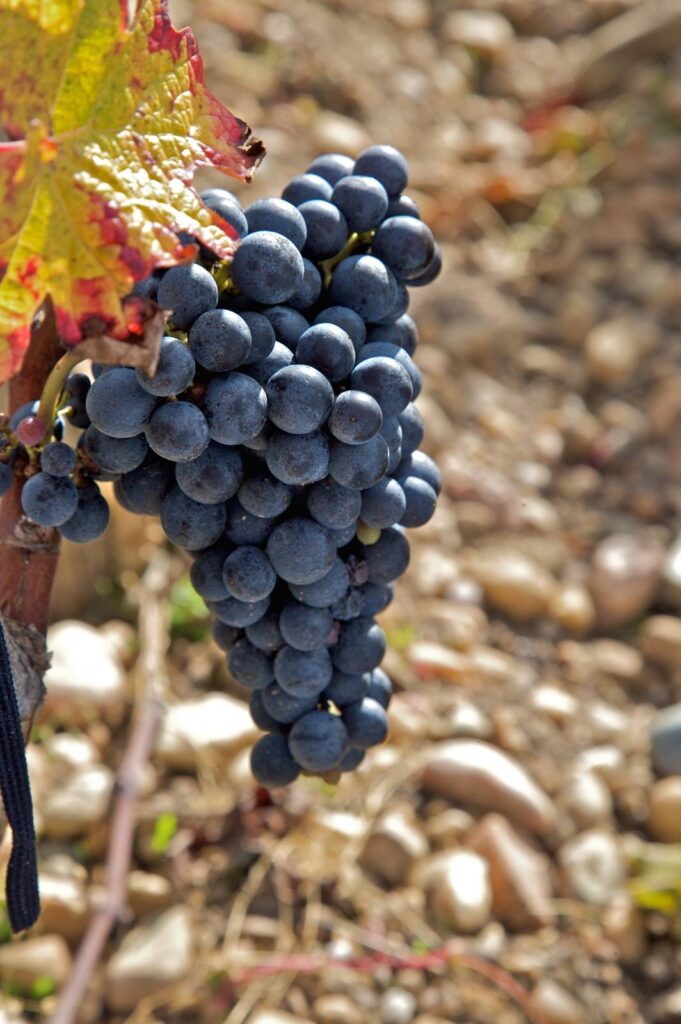
Bordeaux wines are complex blends, while Cabernet Sauvignon wines are typically mono-varietal. This difference in grape composition significantly impacts the final wine's character. Bordeaux wines are almost always blends, a tradition that dates back centuries. While the exact blend varies depending on the specific appellation and the winemaker's style, the primary grapes used are:
Bordeaux winemakers artfully balance these grape varieties to create wines with complexity, depth, and harmony. The blend allows them to fine-tune the wine's characteristics, adapting to the specific vintage conditions and terroir. Each grape plays a specific role, contributing its unique qualities to the final blend.
In contrast, Cabernet Sauvignon wines are typically made from 100% Cabernet Sauvignon grapes. This allows the grape's inherent characteristics to shine through, showcasing its powerful tannins, full body, and concentrated flavors. While some Cabernet Sauvignon wines may include small percentages of other grapes for blending, the focus remains firmly on the Cabernet Sauvignon grape. This single-varietal expression results in wines with a distinct personality, often characterized by their boldness and intensity.
Bordeaux wines are known for their complexity, elegance, and layered flavors. Cabernet Sauvignon wines are often more intense, structured, and bold, with prominent tannins and dark fruit flavors.
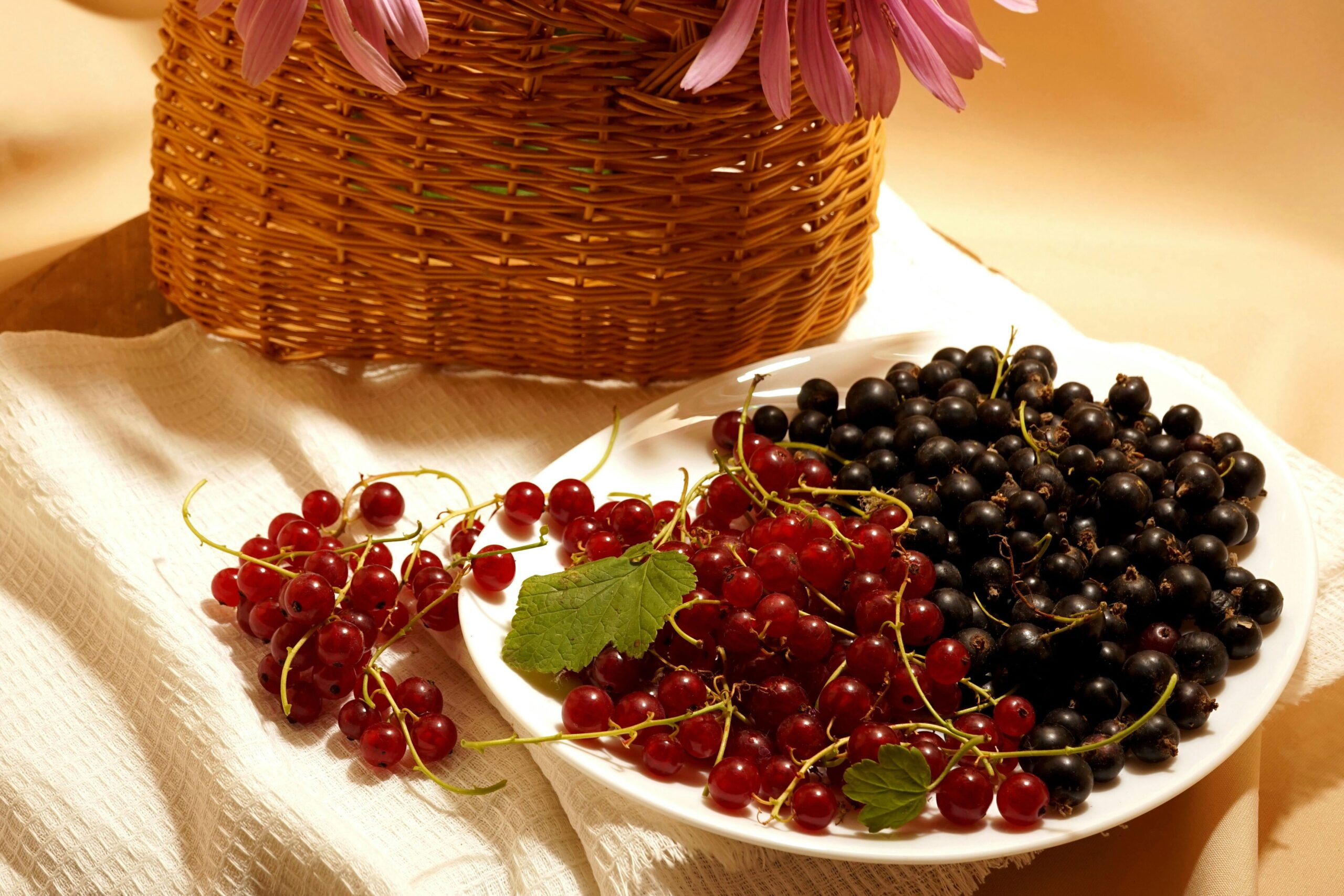
Bordeaux: Due to the blend of grapes, Bordeaux wines offer a complex and layered tasting experience. They often exhibit a wide range of flavors, including:
Bordeaux wines are typically elegant and balanced, with well-integrated tannins and a long finish. The specific flavors and aromas will vary depending on the blend, the vintage, and the sub-region within Bordeaux. For example, Left Bank wines, with their higher proportion of Cabernet Sauvignon, tend to be more structured and tannic, while Right Bank wines, dominated by Merlot, are often softer and more approachable in their youth.
Cabernet Sauvignon: Cabernet Sauvignon wines are known for their intensity, structure, and bold flavors. The dominant flavors often include:
Cabernet Sauvignon wines are typically full-bodied with firm tannins and high acidity, contributing to their aging potential. They are often powerful and concentrated, with a long and lingering finish. While Cabernet Sauvignon wines can be complex, their complexity stems primarily from the Cabernet Sauvignon grape itself, rather than from a blend of different varieties.
Terroir plays a vital role in shaping the differences between Bordeaux and Cabernet Sauvignon. Bordeaux’s maritime climate and diverse soils contrast with regions like Napa Valley, where Cabernet Sauvignon thrives in warmer, drier conditions. These terroir variations influence the flavor, structure, and aging potential of the wines.
Bordeaux's unique terroir, including its maritime climate and diverse soil types, is essential to the region's winemaking success. It contributes to the structure, complexity, and aging potential of Bordeaux wines, making them highly sought after by collectors and enthusiasts.
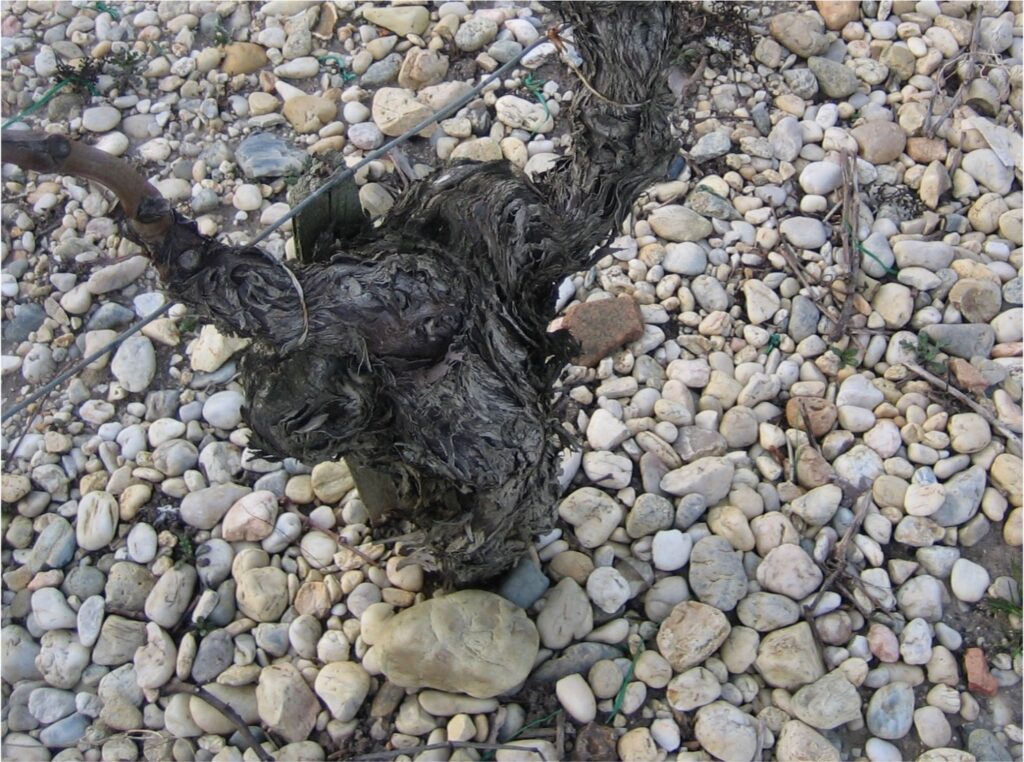
The maritime climate, influenced by the Atlantic Ocean, plays a crucial role. It moderates temperatures, preventing extreme heat spikes and ensuring a relatively long growing season. This allows grapes to ripen slowly and evenly, developing complex flavors and aromas. The ocean also brings humidity and rainfall, which can be both a blessing and a curse. While it provides necessary moisture, it also presents challenges like fungal diseases, requiring skilled vineyard management. The climate's variability from year to year is a key factor in creating vintage variation, adding another layer of complexity to Bordeaux wines. Some years are warmer and drier, leading to riper, more powerful wines, while others are cooler and wetter, resulting in wines with higher acidity and greater aging potential.
The true magic of Bordeaux terroir, however, lies in its diverse soils. The region is essentially a mosaic of different soil types, each contributing unique characteristics to the wines.
The combination of these soil types, often within the same vineyard, allows winemakers to create complex blends that showcase the best of each terroir. The different soil types influence not only the grape varieties that thrive but also the specific characteristics of the resulting wines. For example, Cabernet Sauvignon grown on gravelly soils will have a different character than Cabernet Sauvignon grown on clay soils.
The interplay of climate and soil creates a unique terroir that is impossible to replicate elsewhere. It is this combination that gives Bordeaux wines their distinctive character, their ability to age gracefully for decades, and their remarkable complexity, making them so highly sought after by collectors and wine enthusiasts worldwide.
Explore the unique terroir of Bordeaux with Decanter Tours on a Bordeaux wine tour.
Cabernet Sauvignon expresses itself differently depending on where it's grown. In Bordeaux, the wines tend to be more restrained and balanced, while Napa Valley Cabernet Sauvignons are often more opulent and fruit-forward. These stylistic differences are a direct result of the varying climate and soil conditions. Discover how terroir influences wine on our wine education tours.
Choosing between Bordeaux and Cabernet Sauvignon depends on your personal preferences, the occasion, and what you plan to pair with your wine. Here's a quick guide to help you decide:
Choose Bordeaux if you:
Choose Cabernet Sauvignon if you:
The Best Approach? Explore Both!
Ultimately, the best way to understand the difference between Bordeaux and Cabernet Sauvignon is to taste them side-by-side. Explore different regions, vintages, and producers to discover your own preferences. Both Bordeaux and Cabernet Sauvignon offer unique and rewarding experiences for wine lovers. Don't be afraid to experiment and find what you enjoy most!
Well... A Bordeaux is a wine from the Bordeaux region of France, typically a blend of grapes including Cabernet Sauvignon. Cabernet Sauvignon is a specific grape variety.
Both can age exceptionally well, depending on the vintage and producer. High-quality examples of both can cellar for decades. Since there is Cabernet Sauvignon in a good number of Bordeaux wines it goes to say that Bordeaux ages extremely well.
“Stronger” is subjective. Cabernet Sauvignon can be bolder and more tannic, while Bordeaux offers complexity and elegance. Both can be powerful wines. Thats why we blend.
Ready to explore the world of Bordeaux? Contact Decanter Tours today to book your unforgettable Bordeaux wine tour!

Experience the finest private wine tours in Bordeaux and beyond. With over 20 years of expertise, we craft tailor-made wine journeys to iconic regions like Médoc, Saint-Émilion, Burgundy, and Champagne. Explore exclusive chateaux with expert guides and seamless planning for a truly unforgettable experience.